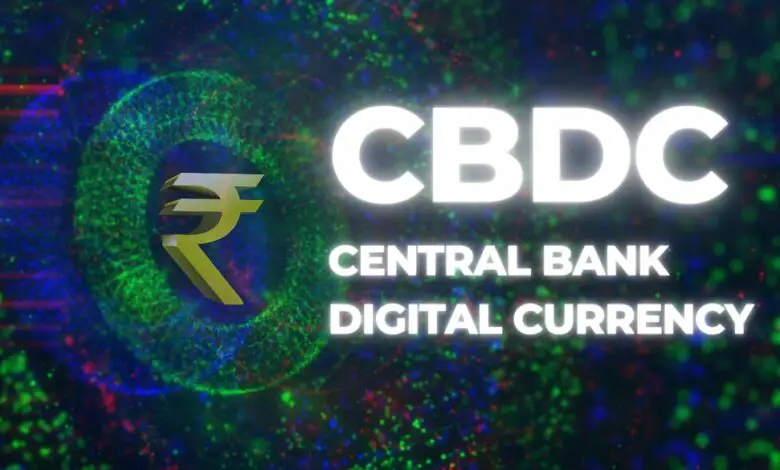RBI Launched First Pilot of Digital Rupee [CBDC] on November 1, 2022

The Reserve Bank of India has launched the first pilot phase of Digital Rupee (e₹) on November 1st, 2022. This digital rupee (India’s 1st CBDC) will be fully backed by Indian fiat currency and will be regulated by the RBI.
As we all know, many countries are currently planning to start their own CBDCs due to inflation and the rise of cryptocurrencies worldwide. CBDCs (Central Bank Digital Currencies) are a fairly new concept, and now India is among the list of four other countries (China, Sweden, Ghana, and South Korea) that are in their pilot phase of CBDC development. At present, only 3 countries have managed to successfully launch their CBDC, which includes Jamaica, the Bahamas, and Nigeria.
There is a lot of eagerness as well as skepticism amongst Indians regarding the infrastructure, policies, and testing of a digital rupee. And in this article, we’ll try to answer some of the most frequently asked questions about CBDCs from Indian citizens in a straightforward manner.
Recommended Read: ASCI Guidelines For Advertising Virtual Digital Assets
What is a Digital Rupee?
Digital Rupee is a central bank digital currency (CBDC) which is virtual in nature and backed by fiat.
According to the notification available on RBI’s official website, a total of nine Indian banks have participated in the pilot phase of digital rupee, which are ICICI Bank, State Bank of India (SBI), HDFC, IDFC First Bank, Kotak Mahindra Bank, HSBC, Bank of Baroda, Union Bank of India, and Yes Bank. The digital rupee will only be used for large transactions like payment of government bonds and securities during the pilot phase, and later it will be available for retail in selected locations only.
As per the statements made by government officials, this digital rupee will give a boost to the Indian economy by using blockchain technology.
We can see that more countries are moving towards the development of CBDCs as blockchain technology is fast spreading globally at a rapid rate. Every country is now feeling the need for their own CBDC, and now India has also jumped on it by starting its pilot phase.
Digital Rupee vs Bitcoin
Bitcoin is basically a decentralised cryptocurrency which is controlled by nobody, but the Digital Rupee is a fully centralised virtual currency which is legally regulated by the Government of India.
Advantages of Digital Rupee over Traditional Fiat Currency:
- The transactions of the Digtal Rupee will be fast and smooth due to blockchain technology.
- The Digital Rupee is virtual, so we can get rid of fake currencies.
- The cost of printing rupee notes will be reduced in the future due to more use of digital rupees.
- There will be no physical damage to this virtual e-rupee like in the case of physical rupee notes.
- The Digital Rupee is safe and easy to use.
Although the Indian economy is a cash-based economy as there are more cash transactions, day by day things are changing due to more use of payment apps like GPay or Paytm. Let’s see how the Digital Rupee will replace Fiat Rupee Notes in the future as the Indian Government is fully focused on a cashless economy.
Also Read: CBDC Summit 2022




